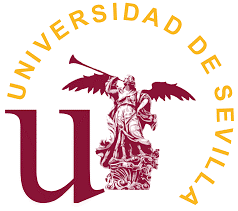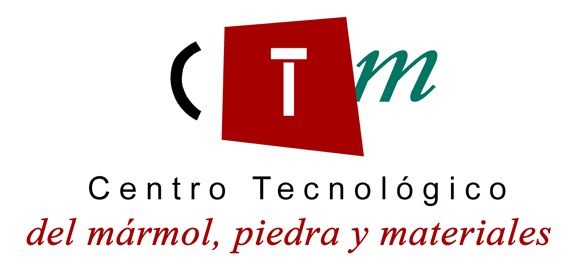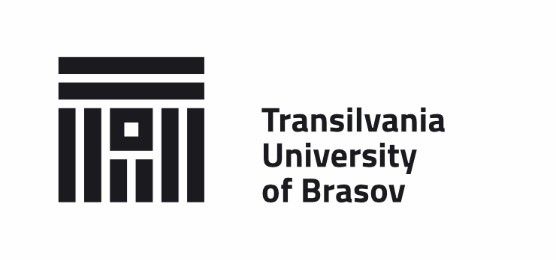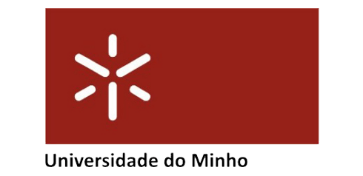EDUCATIONAL PLATFORM FOCUSED ON ADVANCED STRATEGIES OF REINSTATEMENT OF BUILDING MATERIALS IN THE INDUSTRIAL VALUE CHAIN TO PROMOTE THE TRANSITION TO THE CIRCULAR ECONOMY THROUGH THE USE OF BIM LEARNING TECHNOLOGIES
The raw materials present on the planet are a finite, limited and, in many cases, non-renewable resource, and the current model of consumption is therefore destroying many of these resources. The unsustainability of the linear model, imposed as the dominant pattern of economic development, requires progress towards the implementation of a growth model that allows the optimization of the use of available resources and materials, while preserving their value in the system for as long as possible, the Circular Economy.
Therefore, the CircularBIM project aims to promote new production models in construction, if possible, based on the revaluation and reuse of waste, encouraging the study and search for new markets for these recovered resources, considered as waste. In this way, companies and professionals in the sector are encouraged to adapt to the model of the Circular Economy with the environmental, social and economic advantages so necessary for our planet.
Waste management plays a crucial role in the circular economy. The way in which waste is managed can lead to high recycling rates and the return of valuable materials to the economy or, conversely, to an inefficient system in which most recyclable waste ends up in landfills or is incinerated, with potentially harmful effects on the environment and significant economic losses. Understanding that the waste generated during a production process is a potential resource is one of the fundamental keys to starting the transition process.
OBJECTIVES
To contribute to the transition to the Circular Economy model in the construction sector, the main objectives of this project are:
- To increase awareness and information on the Circular Economy and its application in the construction sector.
- To teach how to reduce the generation of construction material waste by reintegrating it into the value chain.
- To provide information on the possibility of revaluing each construction element.
- Free access to the free software for the consultation and use of the techniques and methods of reuse of construction materials, also available in BIM format.
- To involve students and professionals in new technologies, such as BIM applications, and in the transition to the Circular Economy.








